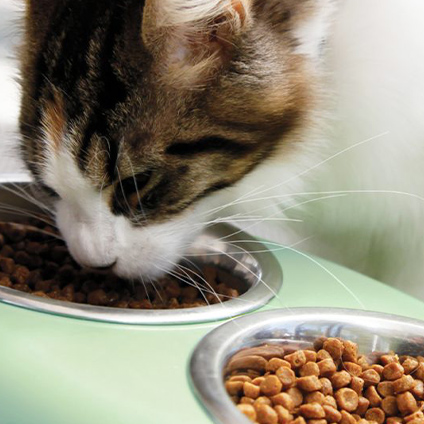Découvrez les connaissances que nous avons acquises dans nos publications
Nous avons atteint notre position de leader au sein de l’industrie mondiale des aliments pour animaux de compagnie en aidant les fabricants à tirer le meilleur parti de nos ingrédients nutritifs naturels.
Tout au long de notre parcours, nous avons acquis une expertise notable dans les principaux aspects de la nutrition des chiens et chats, l’appétence et la protection des aliments pour chiens et chats – ainsi que la responsabilité d’en assurer une gestion durable. Nous avons le plaisir de partager notre savoir avec vous !





